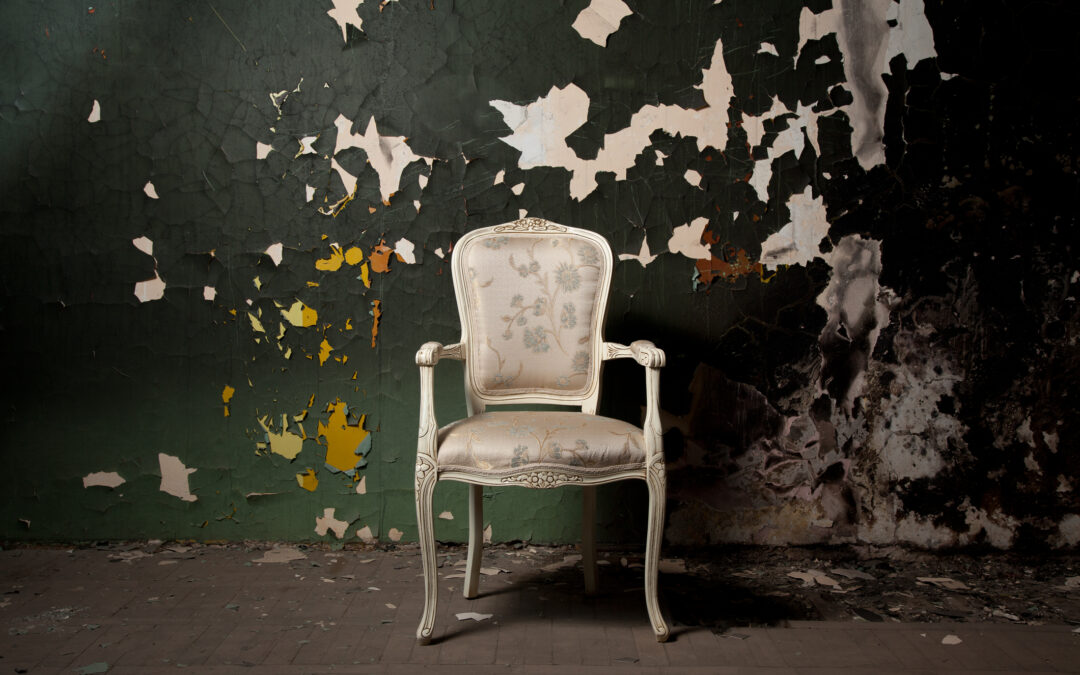I honestly tried to be a “good victim.”
I truly wanted to be a good victim, but for over two years, I failed.
I could see it and, worse, feel it happening in real time.
Watching myself fail at being what people wanted me to be so I could be heard was like frantically circling in a small room looking for a door that didn’t exist.
Being a bad victim took a toll on my well-being.
Being labeled a bad victim made me work even harder to be a “good victim.” I wanted to be taken seriously and have someone in authority care about what was keeping me awake many nights.
I watched over my shoulder everywhere I went and was mindful of my car mirrors while driving – for fear the perpetrator was close by.
Over two years. That’s a long time when you break it down into 24 months, 104 weeks, 17,520 hours, and 1,051,200 minutes.
Have you heard of this concept of a good victim and, paradoxically, a bad victim?
It’s where a victim of abuse or a crime is expected to fit nice and tidy into the societal expectations of how a victim speaks, carries themselves, choices they make, and even their physical appearance.
As a trauma therapist, I was already keenly aware of this phenomenon.
As a victim, I repeatedly attempted to be seen by anyone with the power to help me and what was happening in my life, and I failed.
The good victim who can get assistance from others – especially law enforcement – must show just enough distress to let those in authority know the situation was, indeed, negatively impacting them, but not too much distress for fear of being labeled hysterical, dramatic, or attention seeking.
Concepts such as misogyny and patriarchy most definitely play a role in who can more readily achieve the status of being a good victim and not labeled as someone easy to dismiss and even scoffed at.
As a female, I knew to try to reign in any raw emotions I had about my relentless situation and give law enforcement as many facts as possible—but also to be careful not to say too much for fear they would stop listening to all the words.
Even with my best intentions of being a good victim, they didn’t listen because in their assessment, I had become a bad victim.
A bad victim with a bad perpetrator.
See, not only must one be a “good victim,” but they must also have a “good perpetrator.”
My perpetrator was also a woman.
This disqualified her as a threat taken seriously by law enforcement.
My perpetrator found me on social media and used technology for most of her tyranny. This also made me a bad victim for law enforcement to be bothered with.
Good victims personally know their perpetrators. I had never met this woman.
But that fact did not stop her from turning my life upside down for over two years and having episodes of crossing over into real life to harass me, my family members, and my employees.
The thought had many a time crossed my mind if maybe I could have been a good victim if I was an attractive thirty-something female and my perpetrator was a male in his fifties or sixties. I had seen that exact scenario play out very differently than the one I was living.
However, that was not the set of circumstances that ambushed my life when it all began in April 2020.
I didn’t ask for or welcome this disruptive intrusion, nor then the performance I was forced to play in an attempt to be a good victim who would be worthy of being helped.
I had failed at being a good victim because I wasn’t comforted by law enforcement leaders telling me there was nothing they could do. A good victim would have gone quietly away and hoped for the best.
I was a bad victim because I used too many words, called dispatch too often, emailed evidence after evidence to different officers and up the chain of command, challenged authority, and ultimately went around law enforcement to obtain my own protection. I put my perpetrator on the radar of the district attorney’s office, a judge, and finally, my perpetrator’s probation officer after she was charged and pled guilty.
A bad victim I truly was.
I wanted to share my experience because I know many survivors of relational trauma have also not been the right type of victim to be seen and helped.
It’s a feeling I can’t explain to anyone who hasn’t gone through it, but if you are reading this and have been a “bad victim,” please know that I understand the disorienting swirl of the vortex. It’s awful and messy and crazy-making. Keep being a bad victim and advocate for yourself. Keep knocking on the doors of those who are put in positions to help victims, and as hard as it is, don’t personalize their unfiltered judgments that you’re the wrong type of victim.
One Assistant Police Chief insinuated that I was a bad victim because of my adverse childhood experiences. Quite the opposite. My lived experience has helped me filter an imagined threat from a real one.
I may be a bad victim for not fitting the role I was expected to play in a situation I never wanted to be in, but I will never doubt that I tried my best to be a good victim.
I now know I didn’t fail. The system failed and has with so many other survivors of relational trauma – before and, sadly, after me.
In spite it all, remember to keep dreaming big.
– Shannon
